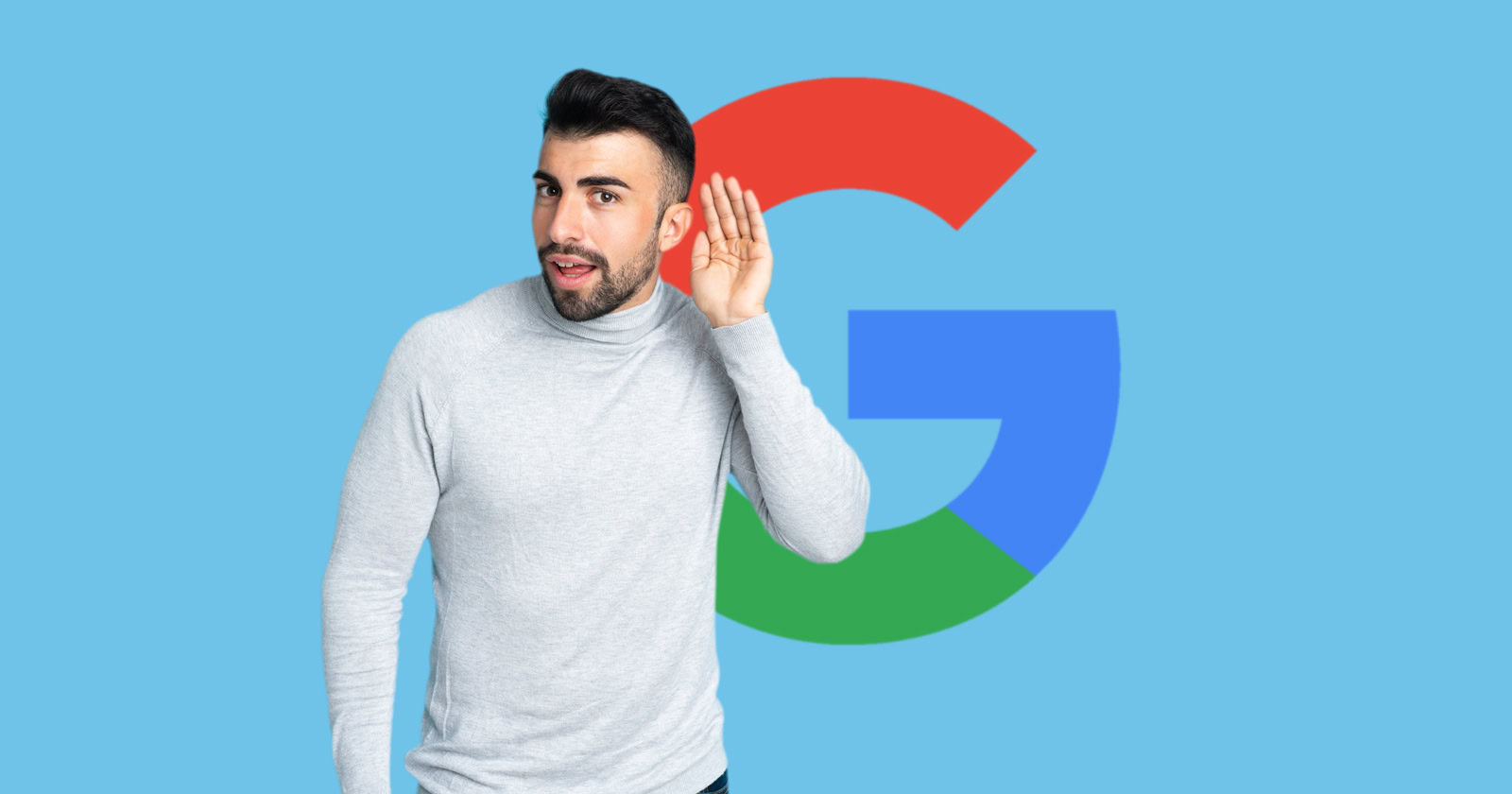
Google’s John Mueller answered a question on Reddit about image alt text and SEO, offering a comprehensive explanation of why alt text is important and why using AI for automatically creating alt text may be inadequate.
Alt Text
The person asking the question wanted to know whether alt text was still relevant for search optimization. In order to understand the role of alt text for SEO it’s useful to learn the technical reason for why alt text exists.
HTML elements can be described as the major building blocks of a web page. Elements can be extended with additional information by the use of attributes. For example, “<A>” is an anchor element that becomes a link with the “href” attribute. Another attribute of the <A> anchor element is the nofollow attribute.
Alt is short for alternate or alternative content. Alt, in the context of the question, is an HTML attribute of the image element. The purpose of “alt” is to provide alternate information about an image that can help a site visitor who might not be able to see the image and if the information is useful to them within the context of the web page.
Web page content is commonly considered to be text but images are also content when they have an “informative value” that helps a site visitor understand the web page topic.
The World Wide Web Consortium (W3C, the HTML standards making body) offers a great explanation:
“Choosing appropriate text alternatives:
Imagine that you’re reading the web page aloud over the phone to someone who needs to understand the page. This should help you decide what (if any) information or function the images have. If they appear to have no informative value and aren’t links or buttons, it’s probably safe to treat them as decorative.”
Complex images like graphs and illustrations may require a two-part alternate text, with the alt text providing a concise description of what the image is about and the surrounding text offering a longer more comprehensive description of the content of the image (another way is to link to the longer description).
Related: Google: Alt Text Only A Factor For Image Search
Question About Alt Text And SEO
The person asking the question understands that Google is using complex algorithms to “view” the image and understand them and basically wants to know if the use of alt text is therefore redundant (repetitive) and superfluous (extra information that’s not necessary).
This is the question asked:
“Image alt text in the era of computer vision
Are images alt texts still relevant for SEO with all the computer vision and images recognition advancement? Is there any info of Google or other search engines using machine learning models to crawl images rather than relying on the user provided alt texts?”
Context Is Key In SEO
The assumption made by the person asking the question is reasonable and the question is valid. The information they may be missing is the context in which Google uses AI to “view” images and read the text that’s inside of them. Google’s documentation shows that the context for that kind of AI vision is in Google Lens, Google Translate, and other search surfaces but Google’s documentation doesn’t specifically mention the use of AI vision capabilities in the regular Google search results ((hat tip to @schachin for pointing me to that documentation!).
John Mueller’s answer adds the context that’s missing. He explains that the text content that’s around the image helps to give context to the image and what it means. Simply using AI vision to understand the image doesn’t provide insight into what that image means in the context of the web page.
Here’s Mueller’s answer:
“For image search, there’s the context that comes from the page + image combination that matters.
A photo of a beach might be a relaxing poster, it might be the beach from a hotel, it could be the site of a chemical spill. Just knowing that the image is of a beach doesn’t really give sufficient background information to be able to show it in image search appropriately. A lot of it does come from the page, and the alt-text is unique in that it’s what directly connects the image to the page with context.
Unless your site is a photo agency, traffic for “photo of a beach” isn’t going to be that useful – but for a hotel, having “hotel with beach in X” can be relevant. Again, a lot of that can come from the rest of the page, but the alt attribute value is a unique opportunity to give context. (And with that … if you use AI to create alt texts based on the image file, and get “photo of a beach” as the alt text for that image, you’re not getting the most out of the alt text, both for users & search engines.)”
That’s a great description of why alt text is important for SEO. Alt text shows how the image is directly related to the content of the web page.
Related: Google: SEO Best Practice for Alt Text
Why AI Fails For Alt Text
Mueller also points up a shortcoming in the use of AI for scaling alt text in that in general an AI describes the image but fails to label it within the context of the content. Using alt text to communicate an informative description in the context of the text context is the right way to do it as described by the W3C and for SEO in general and for accessibility reasons.
Related: Beyond SEO: John Mueller On AI-Generated Images & Stock Photography
Read Mueller’s response on Reddit:
Image alt text in the era of computer vision
Featured Image by Shutterstock/Master1305
